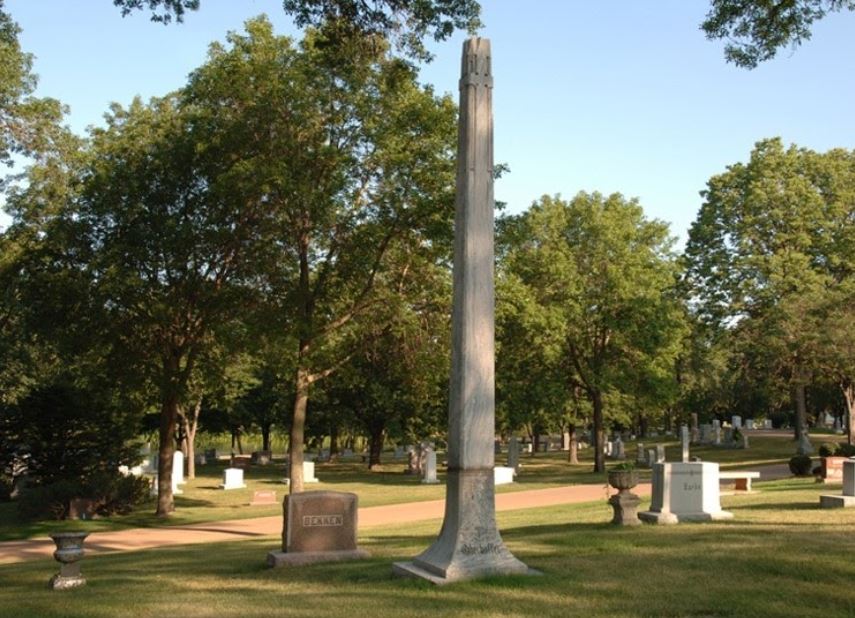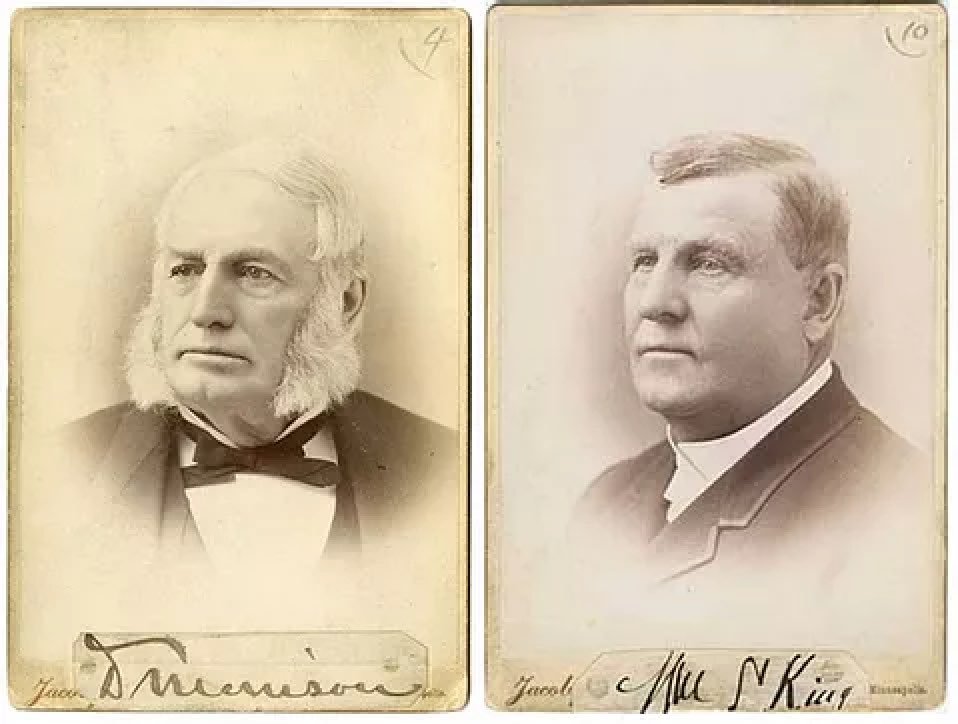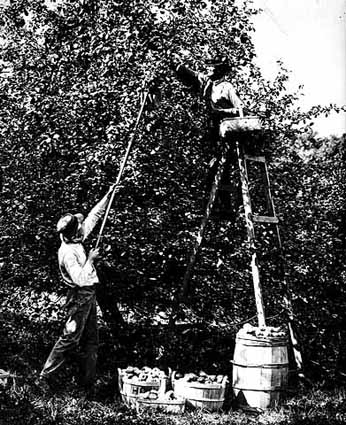The holidays are going to look a little different this year, but one thing that remains a constant theme of the season is music. Perhaps you and your family sing Auld Lang Syne every New Year, have a favorite seasonal carol, or make a holiday tradition of seeing live music at Orchestra Hall. While we may not be able to attend live performances this year, this season is sure to be full of live-streamed choral and orchestral concerts for music lovers. All month on our Facebook page we’ve been remembering Melody Makers now buried at Lakewood—from composers, to musical instrument investors, to pop stars. Today, in honor of the sounds of the season, we pay homage to Emil Oberhoffer, a violinist who established what eventually became the Minnesota Orchestra, and who helped put Minneapolis on the map for musical performance.
Born in Germany on August 10, 1867, Oberhoffer was the son of an organist. Growing up in Munich, he showed exceptional skill as a violinist. He went on to teach music at the Munich Conservatory before moving to Paris to study piano. In the 1880s he emigrated to the US and settled for a time in New York, where he continued teaching conservatory students. He began to make a name for himself as an excellent teacher and player.
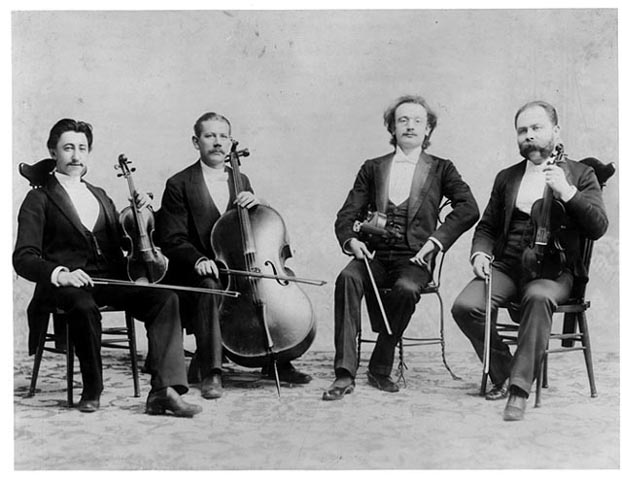
Oberhoffer, second from right, in a Beethoven string quartet in 1890. Source: Minnesota Historical Society
As the story goes, Oberhoffer and his wife, who was a singer, came to St. Paul as part of a musical performance troupe in the 1890s. Here the troupe was said to have run out of money, and their tour came to an unexpected end. Rumor has it that at this point, the Oberhoffers just stayed put in the young frontier city. Whether or not this story is completely true, it was certainly the case that Oberhoffer had fallen on difficult financial times by the time he arrived in St. Paul. Some residents recalled that Oberhoffer spent his first few months in Minnesota playing in restaurants and saloons.
Thankfully, Oberhoffer’s luck turned around after a $10 loan from a fellow music lover and a chance to demonstrate his chops as part of a small orchestra that performed at a downtown Minneapolis hotel. In short order, he became the organist at a local church. He moved from St. Paul to Minneapolis, and from here he made his way through various local musical organizations, performing and leading small ensembles.
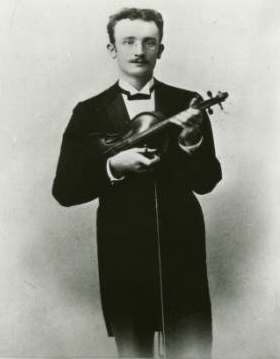
Emil Oberhoffer. Source: Wikimedia
For a small, burgeoning city, Minneapolis had a pretty thriving arts scene, thanks to performance halls and institutions like the Pence Opera House, as well as the confluence of immigrants in the Twin Cities who built community, in part, through shared musical and artistic practices. Emil Oberhoffer saw an opportunity to expand the already significant presence of the arts in the Twin Cities. He wanted to build a professional, committed orchestra. Professional orchestras were rare in the US at this time—only six cities in the country had major orchestras. Oberhoffer had personally experienced the joys of a dedicated orchestra while in Europe and in New York. And in 1903, Oberhoffer formed a group that transformed the music scene in the Twin Cities—the Minneapolis Symphony Orchestra.
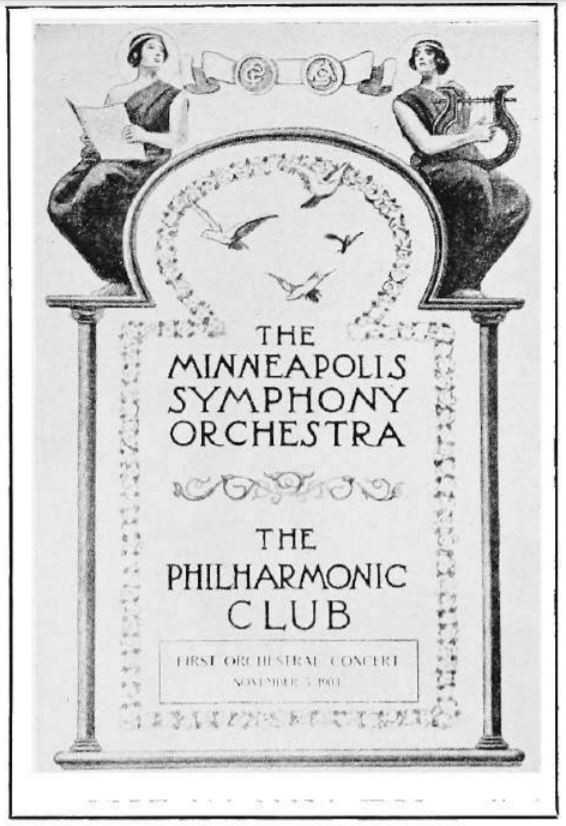
The cover of the program for the Minneapolis Symphony Orchestra’s first concert (1903). Source: Minnesota Historical Society
The Minneapolis Symphony Orchestra was originally founded to support a local choral group, whose directors could not find reliable musicians to back them. But the Minneapolis Symphony Orchestra quickly became an attraction in their own right. On November 5, 1903, the Minneapolis Symphony Orchestra debuted with a massive first performance in Northeast Minneapolis. On the orchestra’s opening night, the traffic of more than 3,000 spectators and an ill-informed doorman made Oberhoffer himself late to the stage. But the crowd in attendance did not mind the delay. The performers and Oberhoffer were praised by those in attendance—a crowd which one newspaper wrote was both “large and representative,” suggesting that the orchestra was an entertainment available to the masses. The Minneapolis Symphony Orchestra even went on to have concerts specifically for grade school children.
Oberhoffer worked closely with wealthy patrons of the arts to get financial backing for the orchestra, and conducted a first season of performances that earned rave reviews. He continued to lead the orchestra through a number of successful early seasons. In 1907, Oberhoffer took the orchestra on a tour across what was still then the American “Northwest” (which we now call the Midwest). The next year, one famous American player called Oberhoffer one of the six best conductors in the world. In 1912, the Minneapolis Symphony Orchestra played New York’s Carnegie Hall. All of their travels earned them the nickname “The Orchestra on Wheels.”
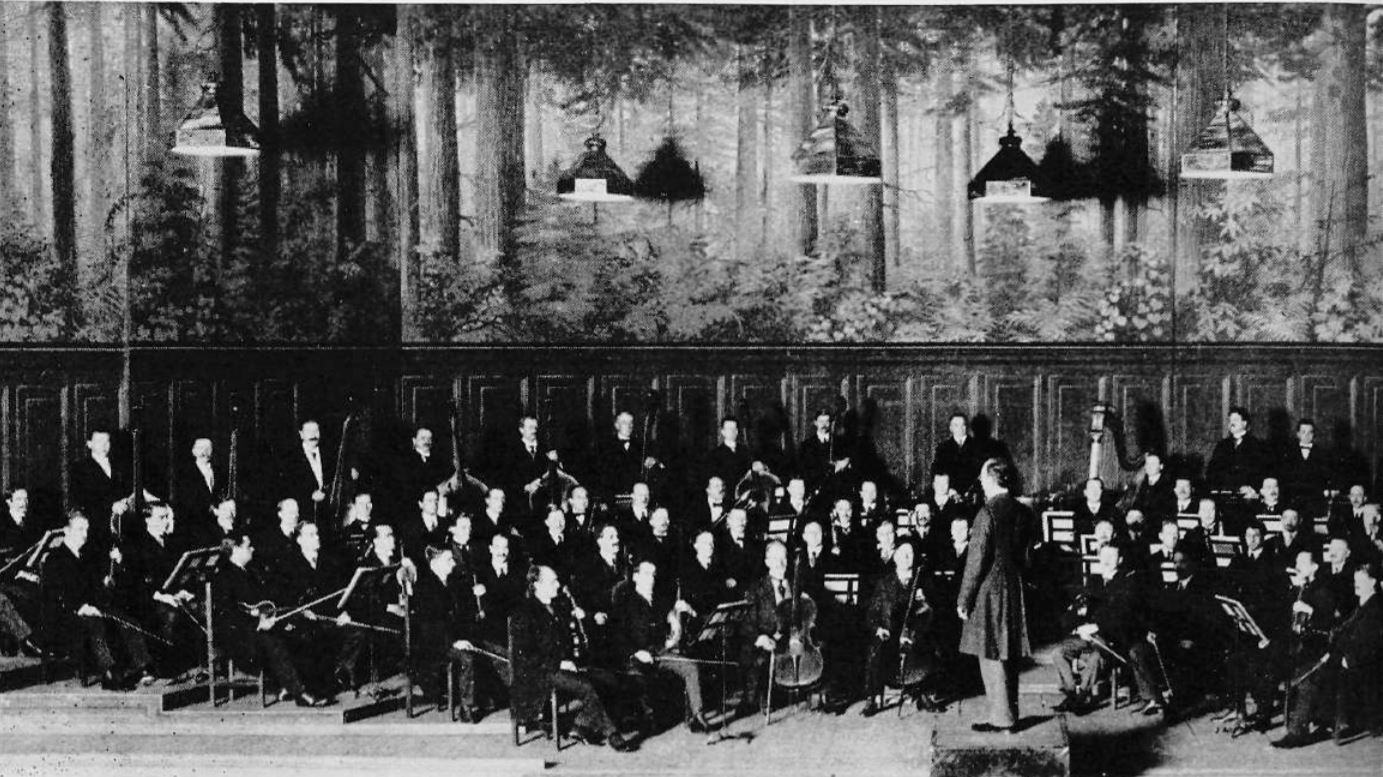
The Minneapolis Symphony Orchestra, with Oberhoffer conducting. Source: Minnesota Historical Society
Oberhoffer grew the orchestra into a national success before leaving his position in 1922. He went on to take many guest conducting positions across the country. But Oberhoffer never gave up his love for the Twin Cities; from 1918 until his death in 1933, he lived at least six months out of each year at his home in Lakeville. (He even did his own plumbing and built his own electric plant to power his home!) In time, even in Oberhoffer’s absence, the Minneapolis Symphony Orchestra continued to grow. In 1968, it was renamed the Minnesota Orchestra—the same Minnesota Orchestra we have today.
Oberhoffer is buried in Lakewood’s Section 44, beneath the Oberhoffer Obelisk. The obelisk, a favorite for many Lakewood visitors, features musical notes carved into its base.

The base of the Oberhoffer obelisk at Lakewood. Source: Wikimedia
This winter, as you listen to your favorite local musical group (remotely) perform the sounds of the season, be sure to thank Emil Oberhoffer—a renowned musician who had success in Munich, Paris, and New York before devoting himself to turning the burgeoning Twin Cities into a musical hub.
